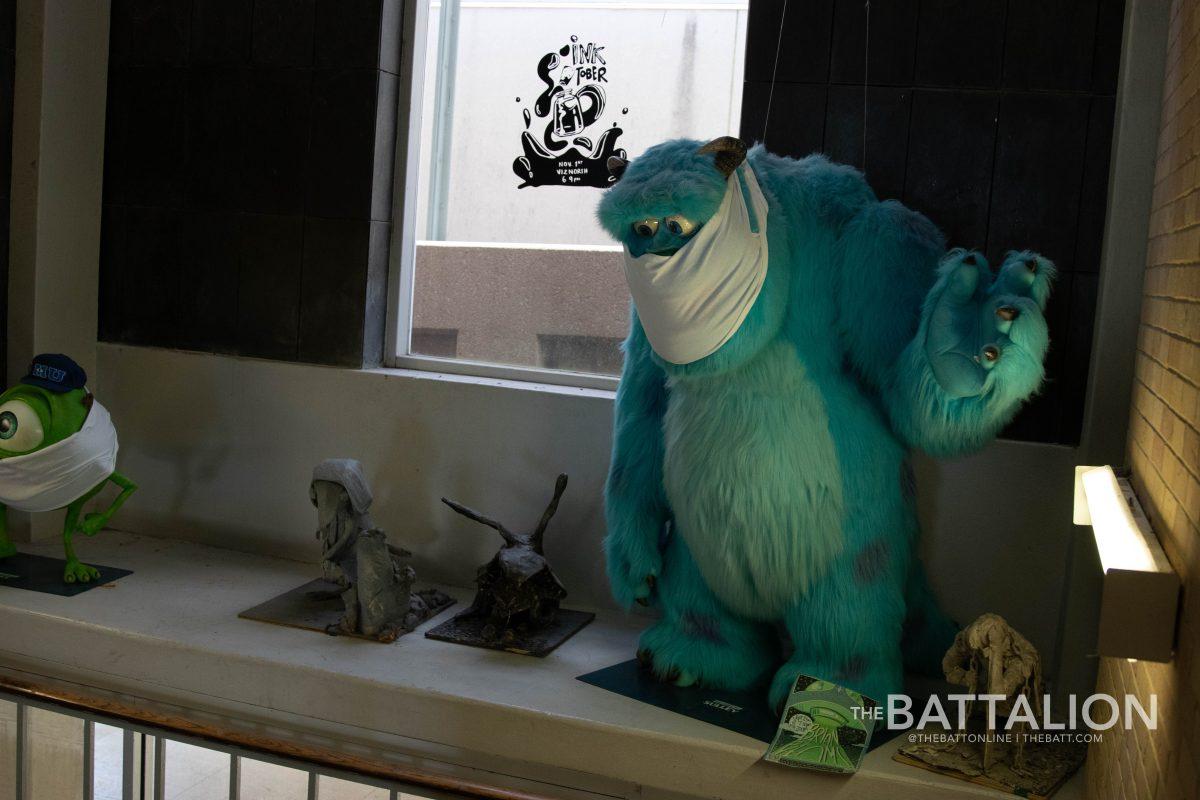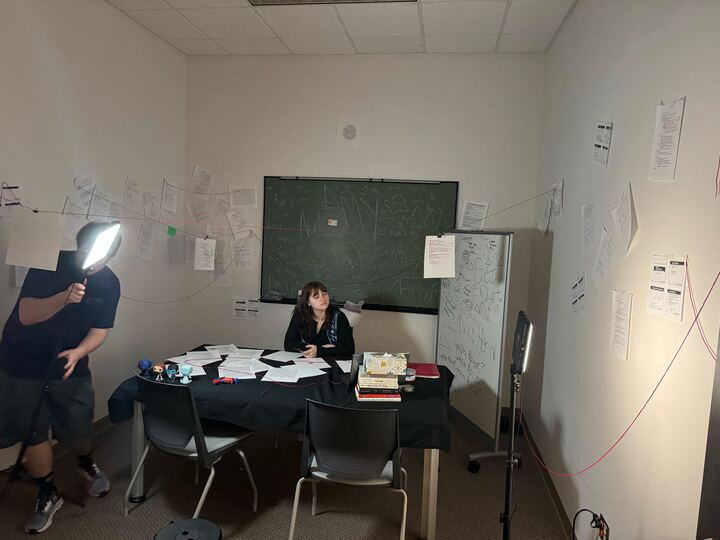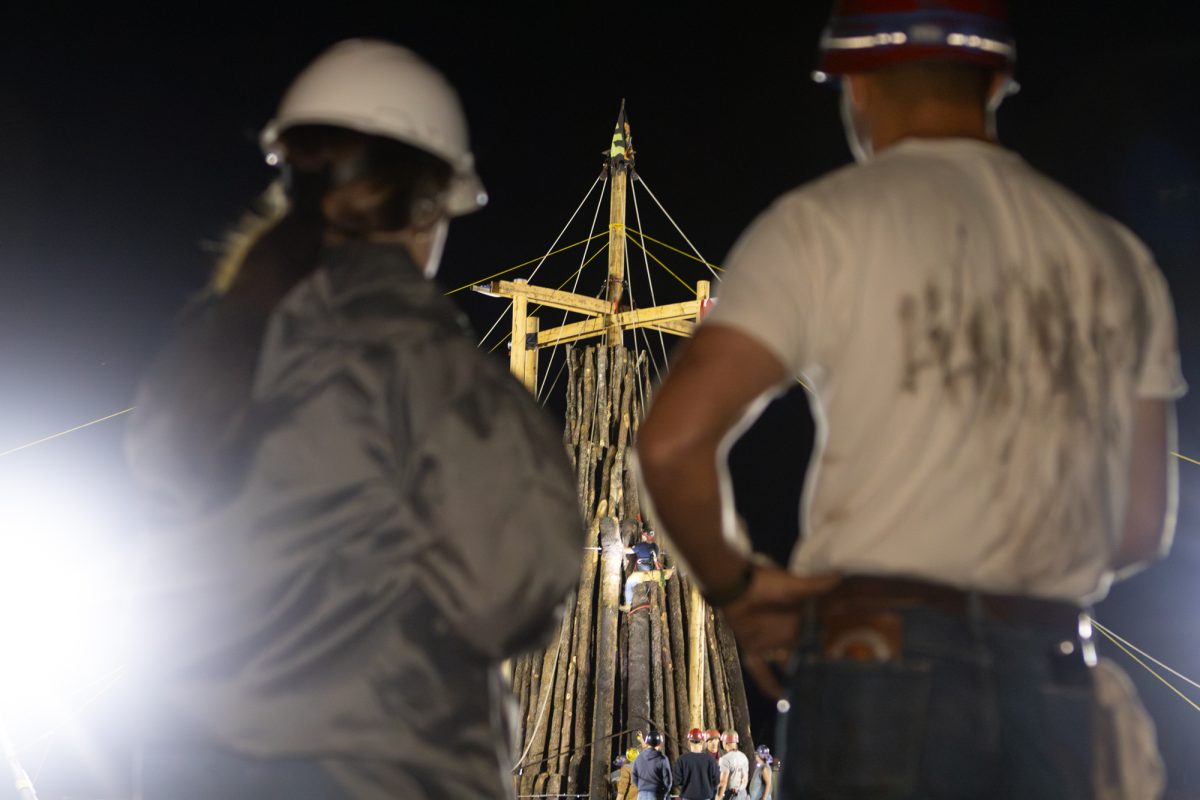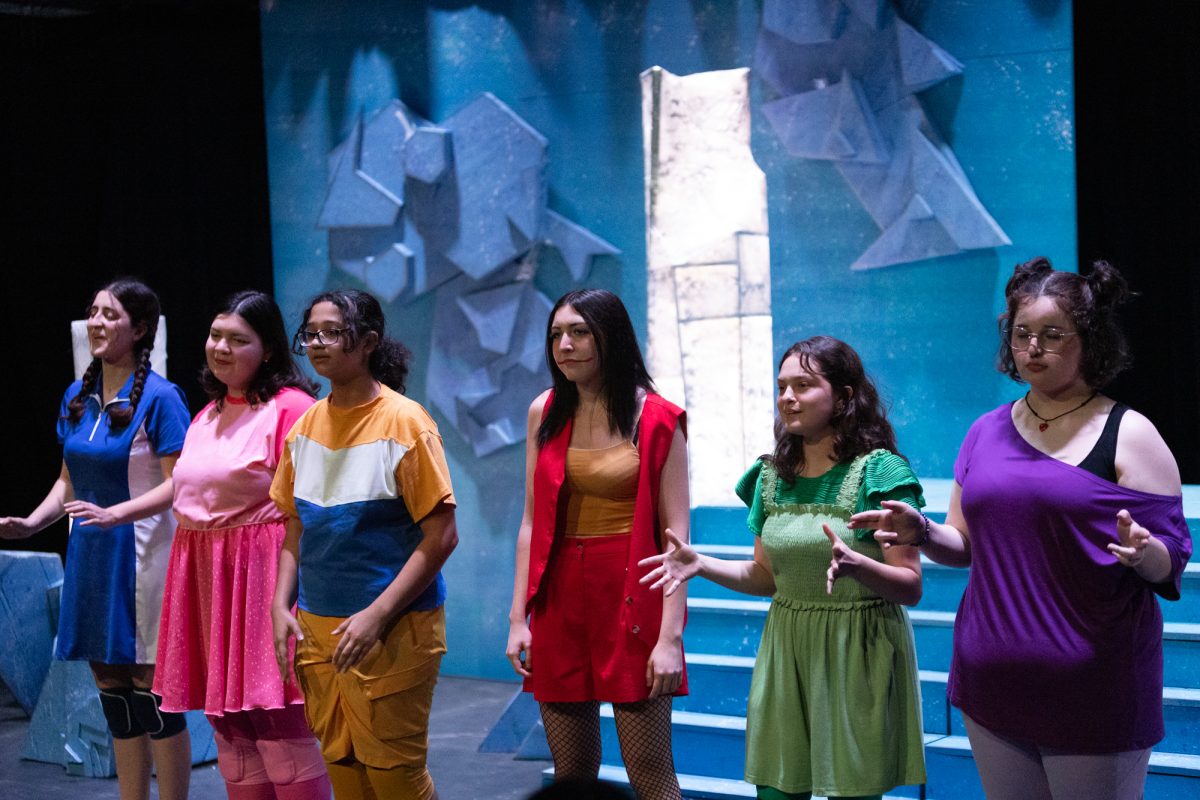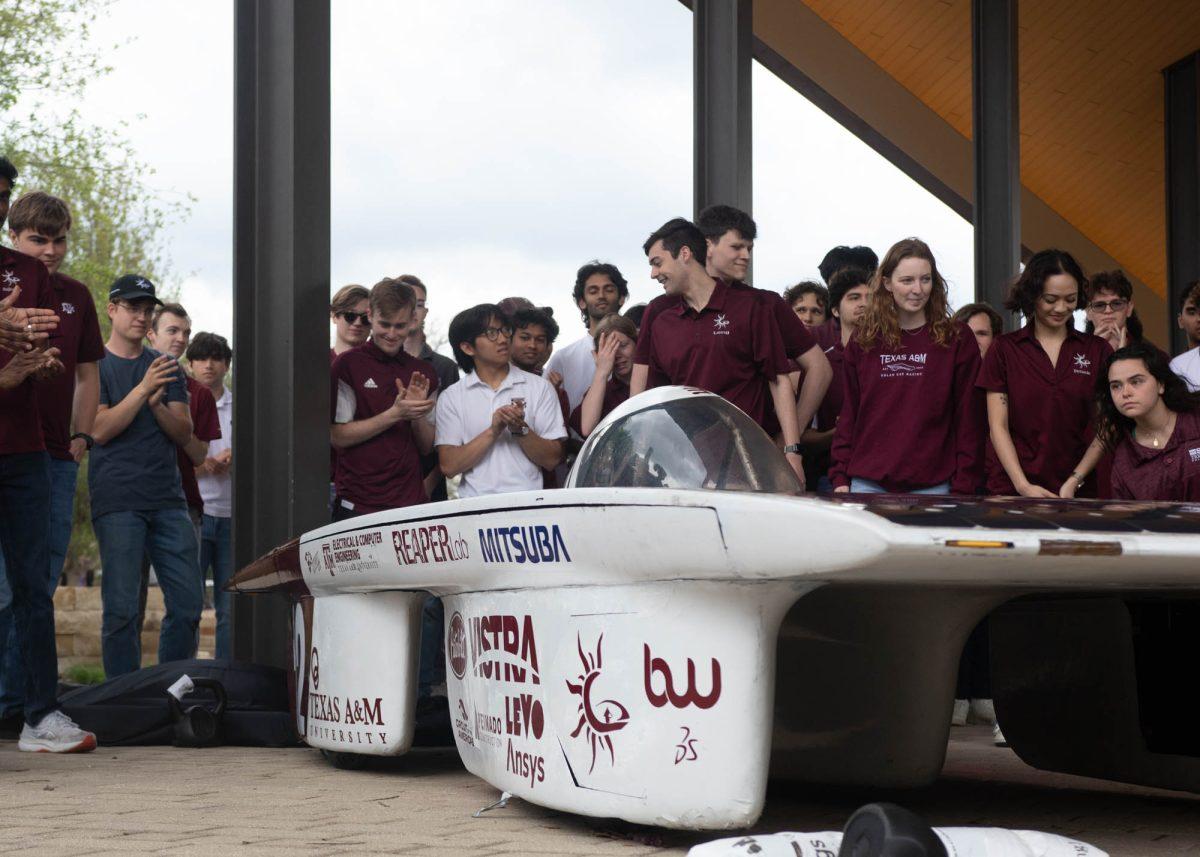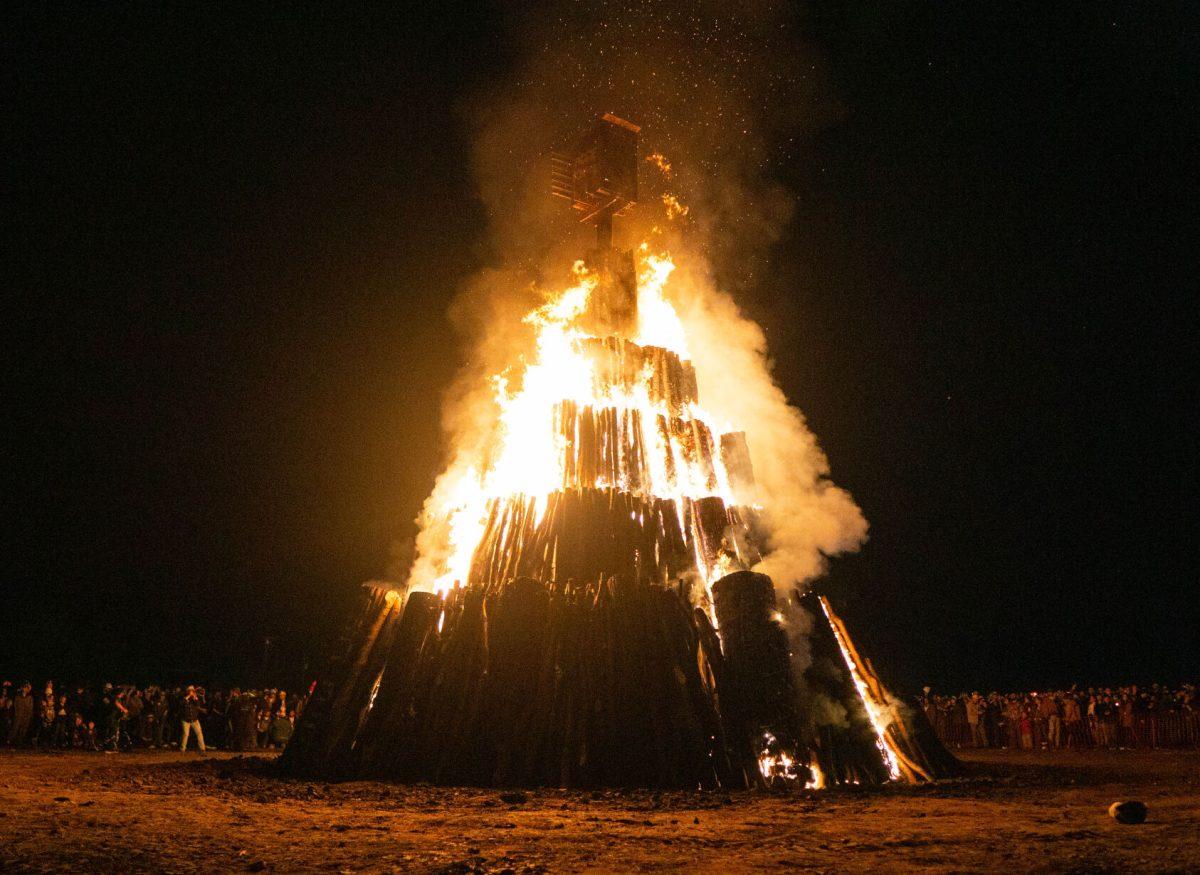The Department of Visualization at Texas A&M prepares its graduates to succeed in their chosen fields through a unique, hands-on curriculum.
The department was officially formed in 2008 by the College of Architecture after its graduate program began in 1989. Visualization Associate Professor Timothy Mclaughlin said the department prioritizes both artistic and technical skills.
“Most programs characterize themselves as an art and design program that involves computer graphics or a computer graphics program that involves artistry, but we approach it as the two halves are equal,” Mclaughlin said. “To be a problem solver that is able to deal with problems that require aesthetic sensibility and technical capability.”
Mclaughlin said the studio class offered every semester is a critical part of visualization’s curriculum.
“Studio classes are not about a particular subject, they’re about problem solving in a particular domain,” Mclaughlin said. “That’s what design problem solving is about. There can be a hundred possible good answers… how do you focus on the best possible answer and keep making it iteratively better and better?”
Besides the studio class, there are other ways for visualization students to gain valuable hands-on experience. One of these is the Summer Industry Workshop.
According to Texas A&M Viz Lab’s Facebook page, the Summer Industry Workshop allows teams of students the opportunity to be mentored by industry experts from animation studios as they create an animated short.
The Summer Industry Workshop functioned a little differently this year due to the pandemic. Associate Instructional Professor and Assistant Department Head Barbara Klein said the department asked its former students for help, and it received enough positive responses for the workshop to still happen.
“What ended up happening this summer is we had individuals from Disney, DreamWorks and a few other studios that gave their own time and worked with our student several days a week,” Klein said. “They mentored our students through the normal 10 [to] 15-week animation process.”
Former students from the visualization department have careers in a variety of industries. Mclaughlin said while former students work for various studios like Motion Picture Company and Industrial Light & Magic, some former students also work in graphic design and gaming technology.
“Some of [the former students] out of that graphic design side of it are going to work for companies here regionally in Texas that are using marketing and graphics — motion graphics — for advertising,” Mclaughlin said. “Students are using gaming technology, but going into something that is different from entertainment. So, they’re going into medical, engineering, military: non-civilian uses of real-time technology.”
Klein said the education visualization students receive at A&M sets them apart from students at other schools pursuing similar degrees.
“Visualization creates a broader, more creative individual,” Klein said. “When we talk with recruiters, I think that’s one of the things with our alumni that keep coming back and with our partnerships with these industries.They partner with us because they love what we do and how we do it.”
Blending art and technology
October 7, 2020
Photo by Photo by Angelina Alcantar
The Department of Visualization was formed in 2008 within the College of Architecture.
0
Donate to The Battalion
Your donation will support the student journalists of Texas A&M University - College Station. Your contribution will allow us to purchase equipment and cover our annual website hosting costs.
More to Discover



